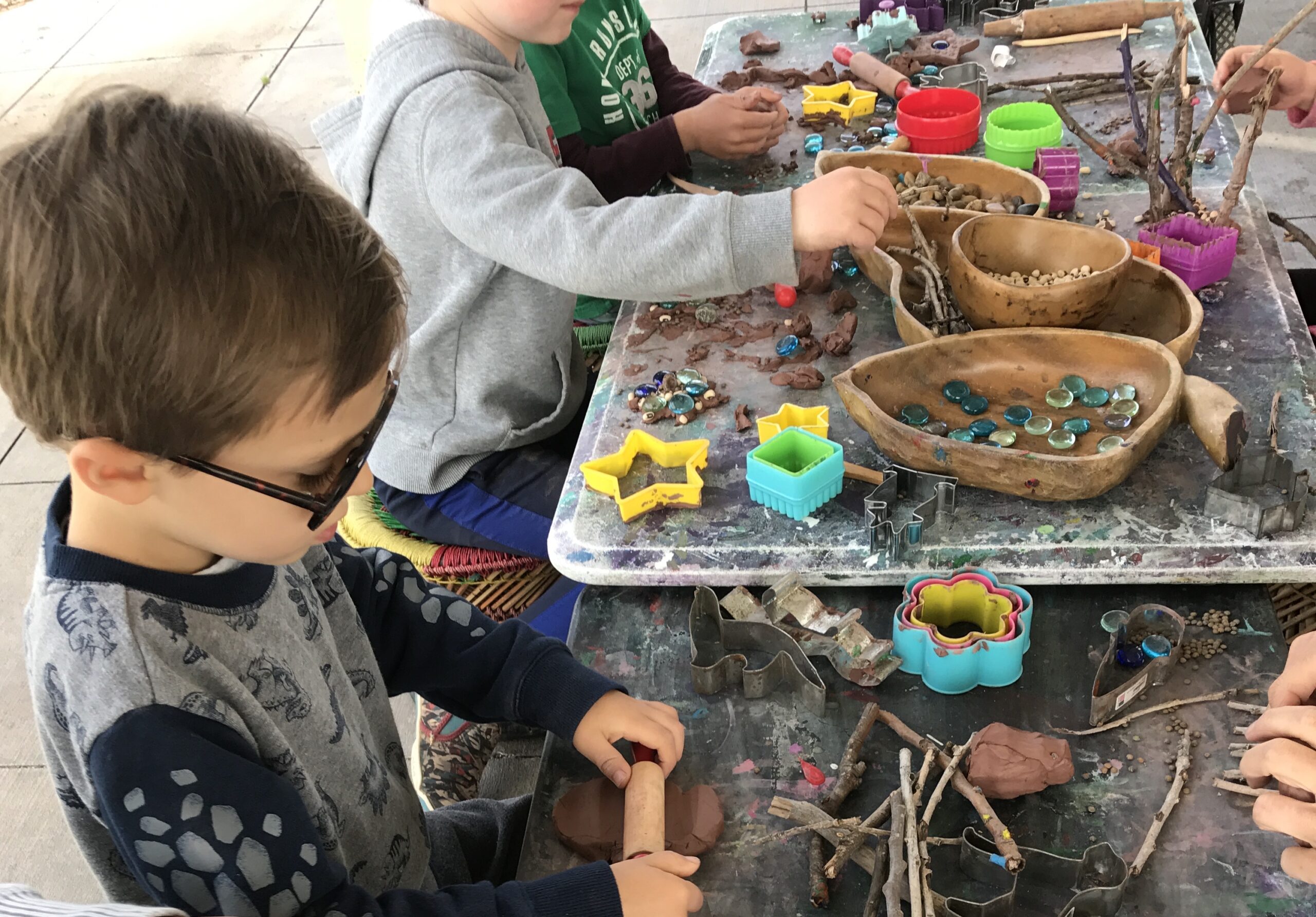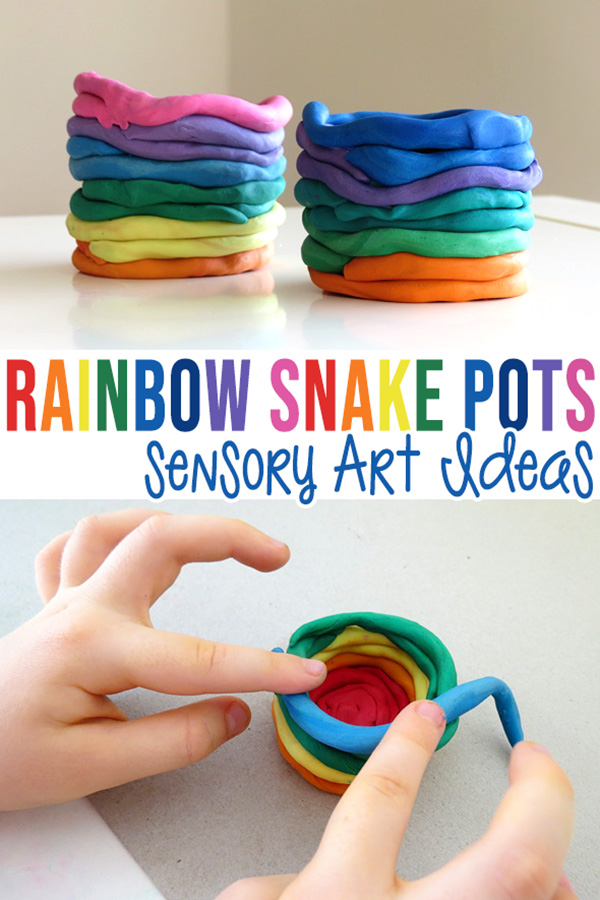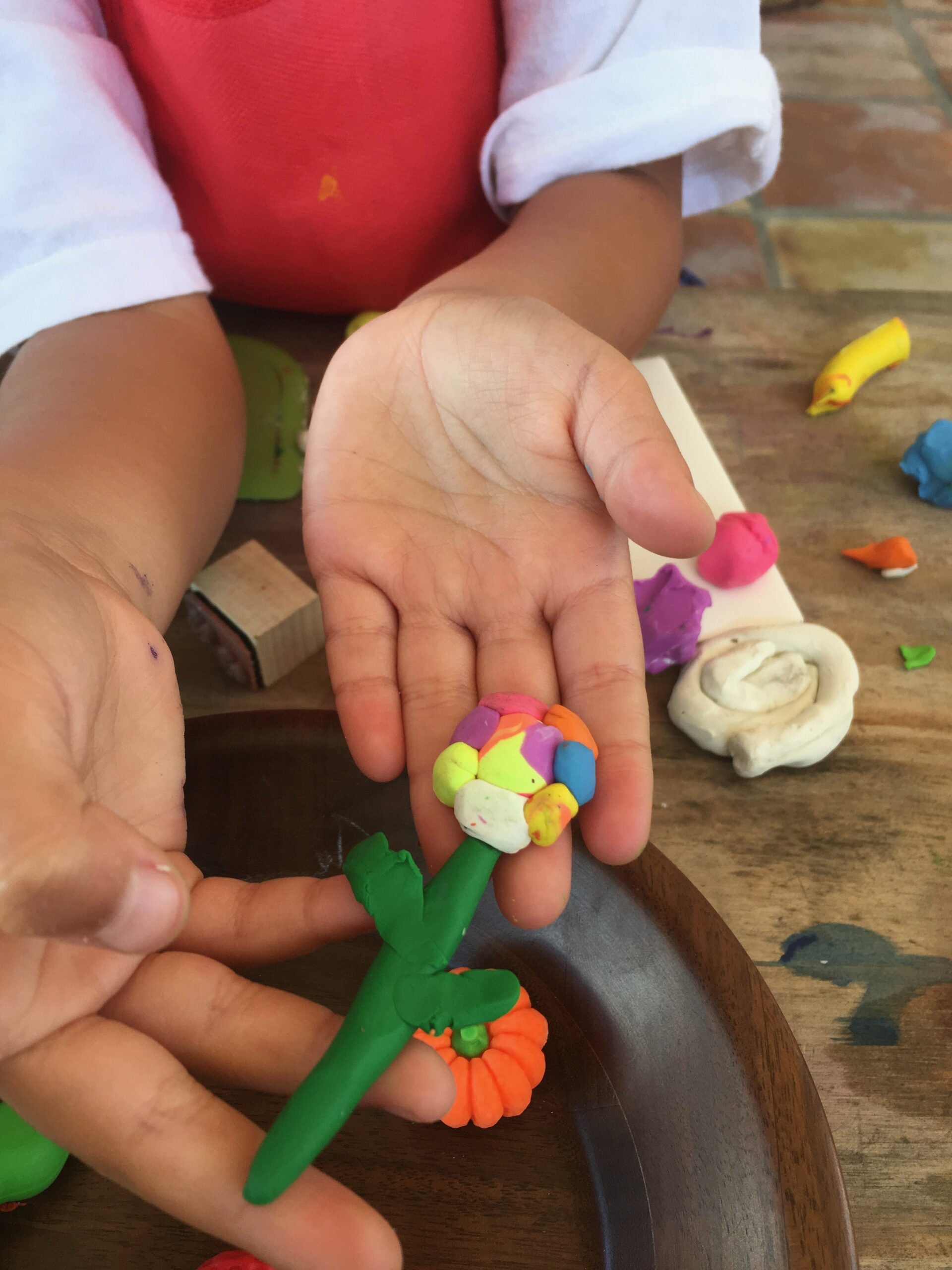Clay Sensory Art for Kids: Create, Dry, and Paint Your Masterpieces!
Clay Sensory Art for Kids: Create, Dry, and Paint Your Masterpieces!
Introduction
Clay sensory art is a wonderful hands-on activity where children mold soft clay into imaginative shapes, let them dry, and then bring them to life through painting. This artistic process offers kids the chance to explore textures, enhance motor skills, and foster creativity. Let's explore the creative joy of clay sensory art!
Benefits of Clay Sensory Art
Creating art with clay provides numerous developmental benefits for children:
-
Tactile Exploration: Handling clay stimulates the senses and promotes tactile awareness.
-
Fine Motor Development: Shaping, molding, and painting clay helps improve hand-eye coordination and finger strength.
-
Creative Expression: Kids express their creativity and imagination by designing unique clay sculptures.
-
Cognitive Growth: Planning and creating shapes encourages problem-solving skills and spatial awareness.
How to Set Up Clay Sensory Art
Getting started with clay sensory art at home is simple and enjoyable:
Step 1: Gather Supplies
-
Soft Air-Dry Clay: Easily moldable and dries without baking.
-
Child-Safe Paints: Non-toxic paints suitable for decorating dried clay.
-
Brushes and Tools: Paintbrushes and clay modeling tools or household items like toothpicks and spoons.
Step 2: Prepare the Play Area
-
Use a comfortable, clean workspace with protective mats or covers.
-
Ensure all materials are accessible to promote creativity and ease of use.
Fun Activities with Clay Sensory Art
Inspire creativity with these engaging clay art activities:
1. Creative Sculptures
-
Let kids form shapes, animals, figures, or abstract designs from clay.
-
Boosts imagination and fine motor skills.
2. Painted Clay Creations
-
After drying, kids can paint their sculptures using vibrant colors.
-
Encourages artistic expression and attention to detail.
3. Clay Storytelling
-
Create characters or scenes from favorite stories or original narratives.
-
Supports storytelling, imagination, and cognitive development.
4. Clay Impressions
-
Press objects or textures into clay to create interesting patterns.
-
Enhances tactile experiences and observational skills.
Tips for Successful Clay Sensory Art
-
Safety First: Always supervise younger children, ensuring they use materials safely.
-
Patience: Allow ample drying time before painting, typically 24-48 hours.
-
Easy Cleanup: Use washable surfaces and have cleaning supplies readily available.
-
Display Artwork: Showcase completed pieces to encourage pride and continued artistic exploration.
Conclusion
Clay sensory art is an engaging and beneficial activity that encourages sensory exploration, creativity, and skill development. Introduce your child to the joys of shaping, drying, and painting clay today, and watch as they proudly create lasting masterpieces!
SEO Keywords: "clay sensory art for kids," "air-dry clay activities," "creative clay art," "fine motor skill activities," "tactile art for kids."
Amazon best seller






Comments